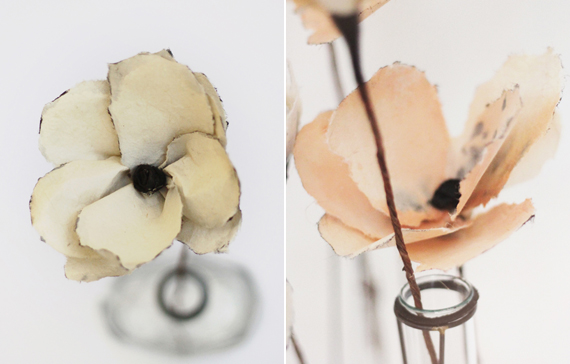How to choose Watercolour Paper
-
\r\n Ever walked into an art shop wanted to choose a watercolor paper, felt daunted by the sheer volume of choice and confusing names, Do you know which is best suited to which painting techniques?\r\n
\r\n\r\n
\r\n
\r\nWhen it comes to choosing a paper for watercolor, there are many things to take into consideration. The wide range of weights and surface textures of paper gives the artist an opportunity to explore different effects simply by using different papers. There are smooth finishes, slightly and heavily textured finishes--from blocks and full sheets and rolls over a yard wide to small, postcard-sized pieces-- from which to choose. There are sheets that use synthetic fibers for strength and texture and sheets toned in soft colors rather than the customary white tones. One is right for any watermedia project you might consider.\r\n\r\n
\r\n
\r\n1.Machine-made watercolor papers come in three surfaces: rough, hot-pressed or HP, and cold-pressed (or NOT).
\r\n2.Rough watercolor paper has a prominent tooth, or textured surface. This creates a grainy effect as pools of water collect in the indentations in the paper.
\r\n3.Hot-pressed watercolor paper has a fine-grained, smooth surface, with almost no tooth. Paint dries very quickly on it. This makes it ideal for large, even washes of color.
\r\n4.Cold-pressed watercolor paper has a slightly textured surface, somewhere in between rough and hot-pressed paper. It's the paper used most often by watercolor artists.
\r\n5.Watercolor paper differs from manufacturer to manufacturer, so experiment not only with the different kinds of paper but also with various brands of paper.
\r\n6.The thickness of watercolor paper is indicated by its weight, measured either in grams per square metre (gsm) or pounds per ream (lb).
\r\n7.The standard machine weights are 190 gsm (90 lb), 300 gsm (140 lb), 356 gsm (260 lb), and 638 gsm (300 lb). Paper less than 356 gsm (260 lb) should stretched before use, otherwise it's likely to warp.\r\n\r\n
\r\n
\r\n\r\n As do many artists, watercolorists seem to gravitate towards a single type of paper, one that they have come to trust and realize how it will react when the sheet is put through its paces. But, with just a bit of flexibility and experimentation, you might discover other surfaces that lend themselves well to the style of your work and the way you apply your paints. And who knows, you might find a surface that offers surprising and exciting results.\r\n
\r\n\r\n As a premier paper, a heavy, cotton fiber sheet is considered tops for professional work and for works that you wish to have a long life. High cotton content will insure two things. Cotton is naturally acid free, a quality that offers longevity and color retention. Papers that are not high in cotton fiber, those that are not acid free, often change composition, turning brown and causing a major change in the look of the artwork created upon that surface.\r\n
\r\n\r\n
\r\n
\r\n\r\n Tips:\r\n
\r\n
\r\n1.Watercolor paper is usually white, but it need not be. A variety of cool and warm tints is available.
\r\n2.Use acid-free paper for paintings you wish to keep as this will yellow less with age.
\r\n3.Cold-pressed watercolor paper is called NOT paper because it's not hot-pressed.
\r\n4.You can buy prestretched watercolor paper in drawing blocks. When you've finished a painting, you use a palette knife to remove the top sheet from the block.
- PREV:Buying Guide: How to Choose a Wireless Router
- NEXT:How To Find The Right China Supplier And Buy Good Product?
Related Articles
